If you’re looking to eat more protein but not meat, eggs are a great solution. With frittata, you’re guaranteed a healthy dose of veggies too, as they make up the bulk of the filling. Between the kale and eggs in this version, there’s no shortage of protein here.
Frittata is completely adaptable to whatever you have on hand – or what’s in season at market. Basic rule of thumb – use 2 cups (or 1⁄2 to 1lb) of cooked veggies per frittata.
Kale & Onion Frittata
GLUTEN, GRAIN & SOY FREE, PALEO
DAIRY FREE WHEN MADE WITH COCONUT OIL
SERVES 6-8
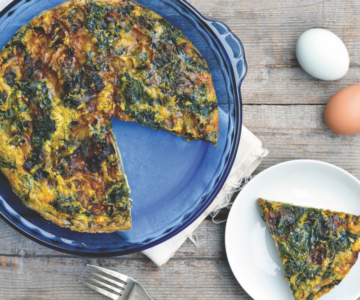
Use This
5 tablespoons (2.5oz) butter
3 large (1lb) onions, chopped
1 bunch (4oz) curly kale – stems removed, leaves torn or cut into bite-size pieces
12 large eggs
1½ teaspoons sea salt
¾ teaspoon black pepper
Do This
- In a large pan, over medium-high heat, melt 4 tablespoons butter. Add onions; stir, cover and cook 5 minutes. Onions should be soft and begin to brown.
- Add 1⁄2 teaspoon salt and 1⁄4 teaspoon pepper; stir. Add kale; cover and cook 1 minute. Shut heat. Stir kale and onions; remove pan from heat as soon as kale is fully wilted; keep uncovered and set aside.
- Preheat oven to 350°F. Grease a 9-inch pie plate with 1 tablespoon of butter; set aside.
- In a medium bowl, whisk eggs, 1 teaspoon salt and 1⁄2 teaspoon pepper.
- Pour cooked veggie mixture into prepared pie plate; spread evenly. Pour egg mixture on top of veggies. Bake 40-45 minutes (or until eggs are set and middle isn’t jiggly). Serve warm with your favorite side or salad.
Quick Tips: Did you know you could freeze frittata prior to baking? Place pie plate flat in freezer and freeze until firm. Cover tightly with foil, place in large freezer-safe bag and keep in freezer for up to 3 months. When ready, thaw in fridge overnight. Preheat oven to 400°F. Remove foil and bake for 40-47 minutes (or until eggs are set and the middle isn’t jiggly). Of important note, never take dishes from cold to hot – it can cause them to break. Let the cold dish sit out for 20-30 minutes before placing in oven.
Seasonal Favorites
Spring: ramp and asparagus
Summer: peppers, onions and fresh oregano
Fall: roasted butternut and fresh sage
Winter: potato and leeks

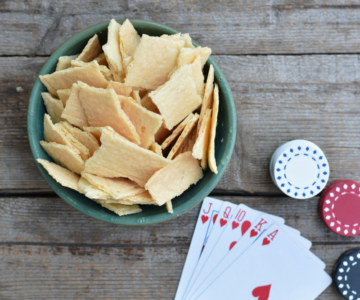
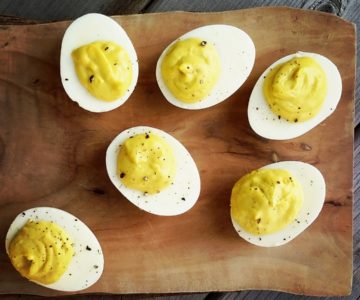
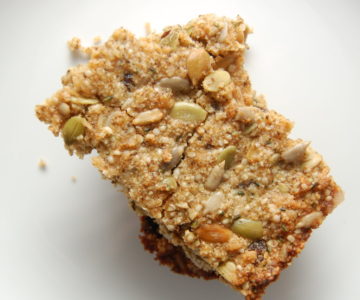
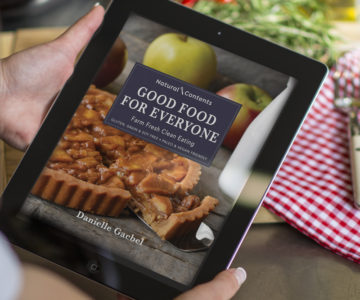
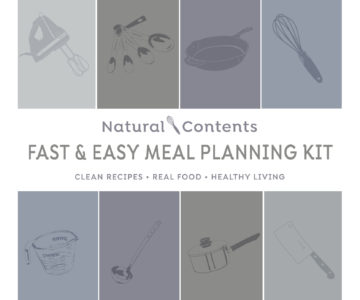


Leave a Reply